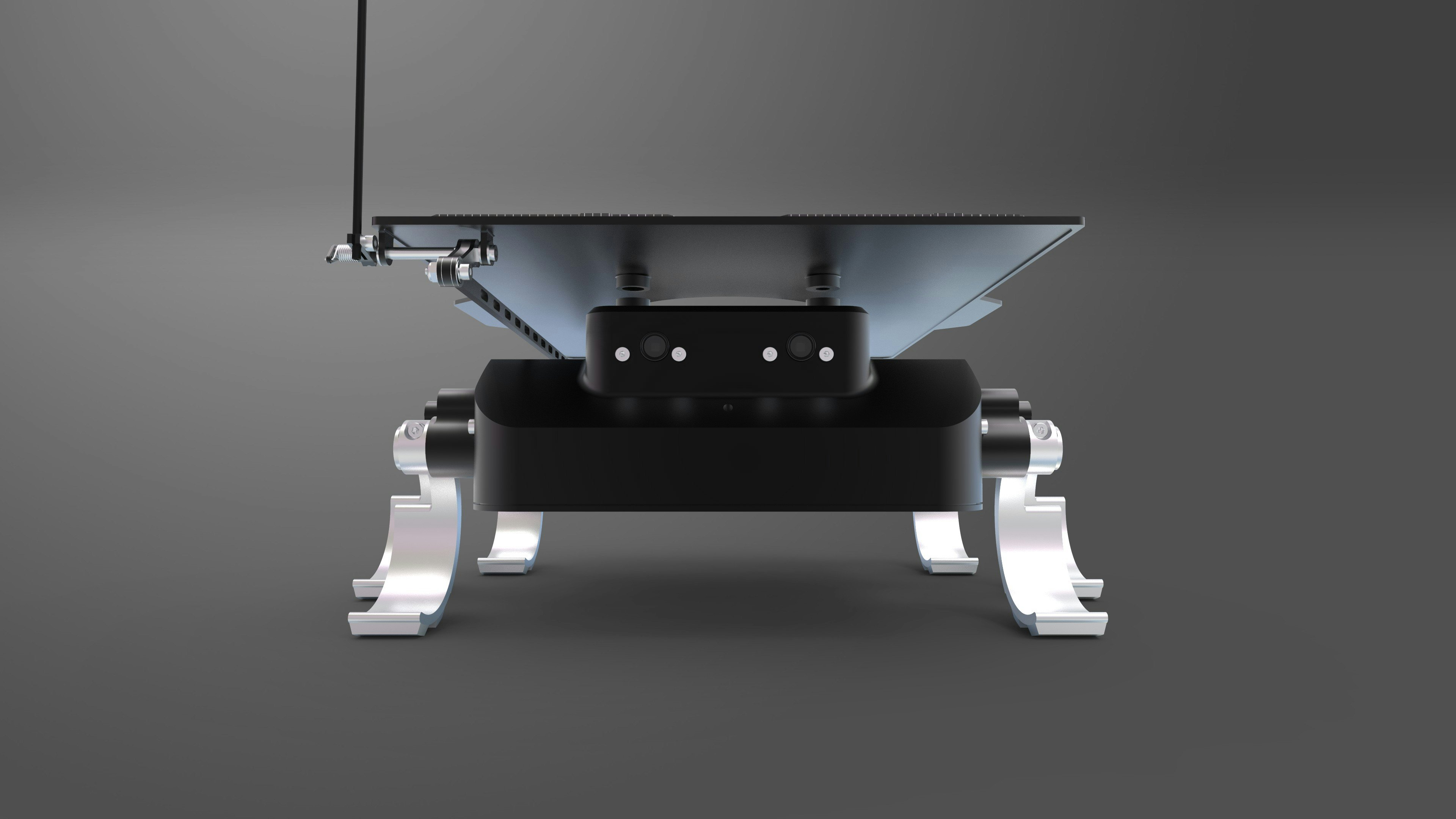
Student teams are an underappreciated resource in much of the scientific community. Joining a team working toward a goal while at university, whether for racing solar-powered cars or digging fish ponds in Africa, is an excellent way to sharpen technical and project skills while improving communication and teamwork.
The space industry is starting to catch on to these strengths, with student teams developing exciting projects all over the world. A recent entry comes from students at the Delft University of Technology in the Netherlands — a six-legged robot called Lunar Zebro with a unique take on wheels.
Zebro, short for “zes-benige robot,” or six-legged robot in Dutch, was initially developed as a concept for students to work on in 2013. Originally intended for terrestrial applications, the group, which has totaled over 120 students in the past five years, decided to also develop the Lunar Zebro, with the express intention of being the first European rover on the surface of the Moon.
To navigate such rugged terrain, the rover uses a unique locomotion system originally designed as the RHex project at the University of Pennsylvania. These wheels allow the rover, which is only the size of an A4 sheet of paper, to traverse much larger obstacles than wheeled rovers in its size class.
Even with such a small size, the rover can still pack a decent amount of sensors on its platform, including two custom-made cameras and a radiation sensor. Its original mission is to stay operational on the Moon and continue to communicate back to the ground stations at TU Delft for ½ a lunar day (or 14 Earth days) while it can receive power from sunlight.
Ensuring the little rover can meet its lunar challenge is a difficult task. The team has already tested in situ in some of the most hostile environments on Earth, including lava tubes in Iceland and on the slopes of the Alps. But the space presents even more challenges, including constant radiation and extreme temperature swings, which the team believes the rover can overcome in its current configuration.
In that configuration, the rover can be attached to any nation’s lunar lander, though it does not seem that the student group has picked a specific lander to piggyback on. Nor have they selected a timeline for when that launch might be. But that hasn’t stopped them from planning for the next stage already.
That stage would include using one of the advantages of the Lunar Zebro’s small size — it is relatively inexpensive to manufacture. Meaning someone can make more of them — and then connect them in a swarm. The TU Delft team isn’t the only robotics team with that idea, but the Lunar Zebro project seems to be a good platform. Linking multiple small robotics systems together could provide more insight than any single rover could do alone.
But in order to move on to that part of the mission, the team first has to get their first lunar mission under their belt. There, the advantages of a student-run team come into focus. They will have a never-ending supply of students willing to work on the project, and the project itself enhances the reputation of TU Delft as a university where students can work on advanced projects like this.
However, those students also rotate away after a certain amount of time. Some have gone on to make their own space-related companies, but, more importantly, it allows the university itself to provide its students with the valuable experience of participating in and even leading technical projects. Someday they can even say they worked on a Moon rover — and that’s pretty cool in its own right.
This article was originally published on Universe Today by Andy Tomaswick. Read the original article here.







